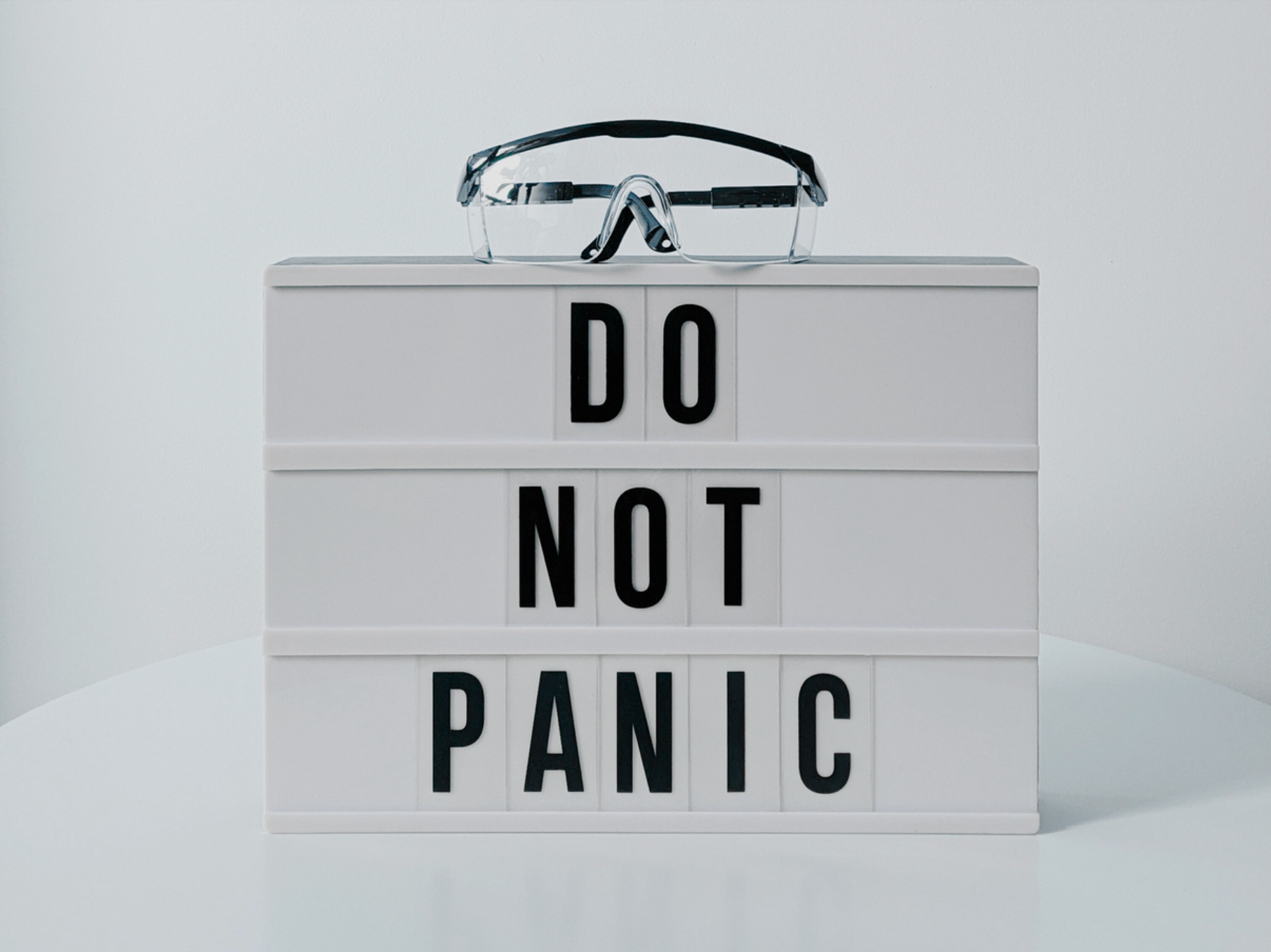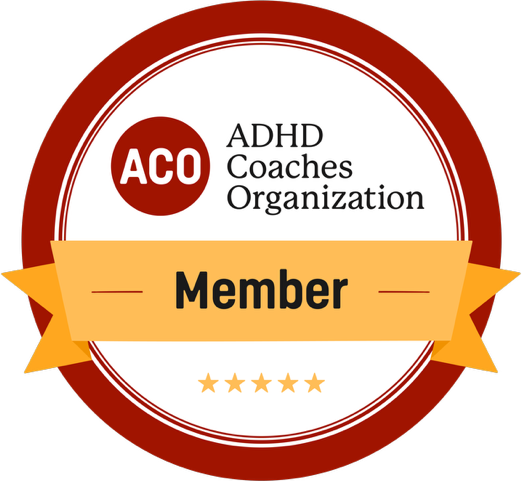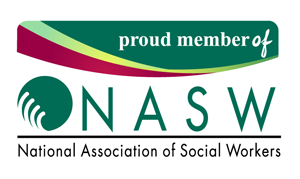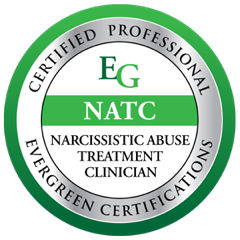Rejection Sensitivity and ADHD: Why It Hurts and How to Heal
Have you ever felt like even the smallest hint of criticism or rejection hits you harder than it does other people? That’s not your imagination—it might be rejection sensitivity at work. For many people with ADHD, rejection sensitivity is a heightened emotional response to perceived criticism, disapproval, or failure. It’s not about being overly sensitive; it’s about how the ADHD brain processes emotional input, often turning what might be a minor event for others into an emotional hurricane.
Rejection sensitivity can affect how you communicate, how you approach relationships, and how you see yourself. You might avoid sharing your ideas for fear of judgment or replay conversations in your head, wondering if you said the “wrong” thing. In relationships, rejection sensitivity can create misunderstandings or make conflict feel overwhelming. The worst part? Sometimes, even imagined rejection can trigger these intense feelings, making it hard to trust your instincts.
But here’s the good news: you don’t have to stay stuck in this cycle. Building awareness is the first step. Start by recognizing when you’re experiencing rejection sensitivity and remind yourself that feelings aren’t always facts. Mindfulness techniques, like grounding exercises or deep breathing, can help you pause and regain perspective in the moment. Practicing self-compassion—especially through affirmations or journaling—can also reduce the sting of rejection and build emotional resilience over time. In communication, setting boundaries and clarifying intentions can help minimize misunderstandings, while therapy or coaching can provide a safe space to develop strategies tailored to you.
Here are three questions to connect with regarding rejection sensitivity and how it shows up in your life:
- When was the last time I felt rejected, and how did I respond?
- What thoughts or beliefs about myself might be fueling my sensitivity to rejection?
- How can I practice self-compassion or create space for grace when rejection feels overwhelming?
For more coaching tips and guidance checkout my website or set up a free discovery call

















